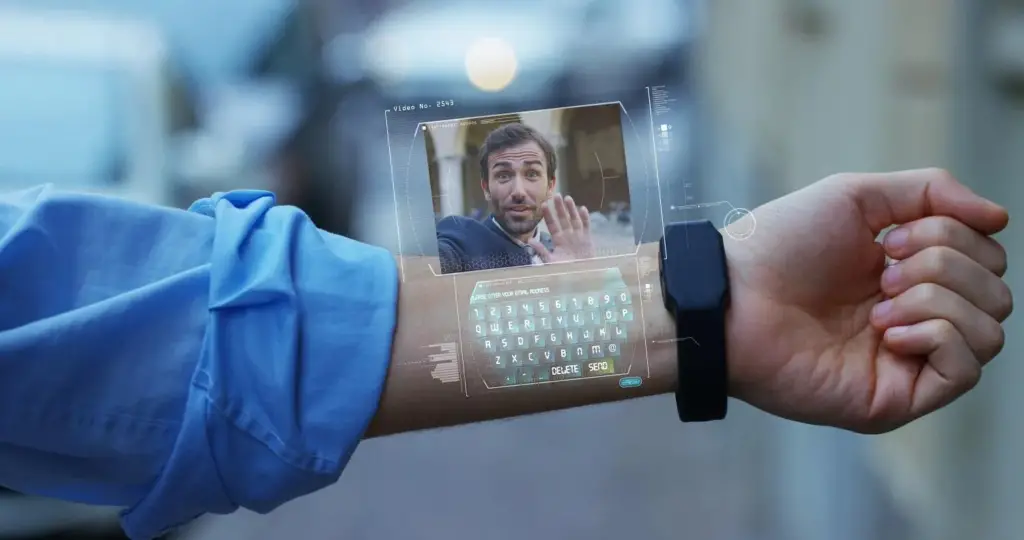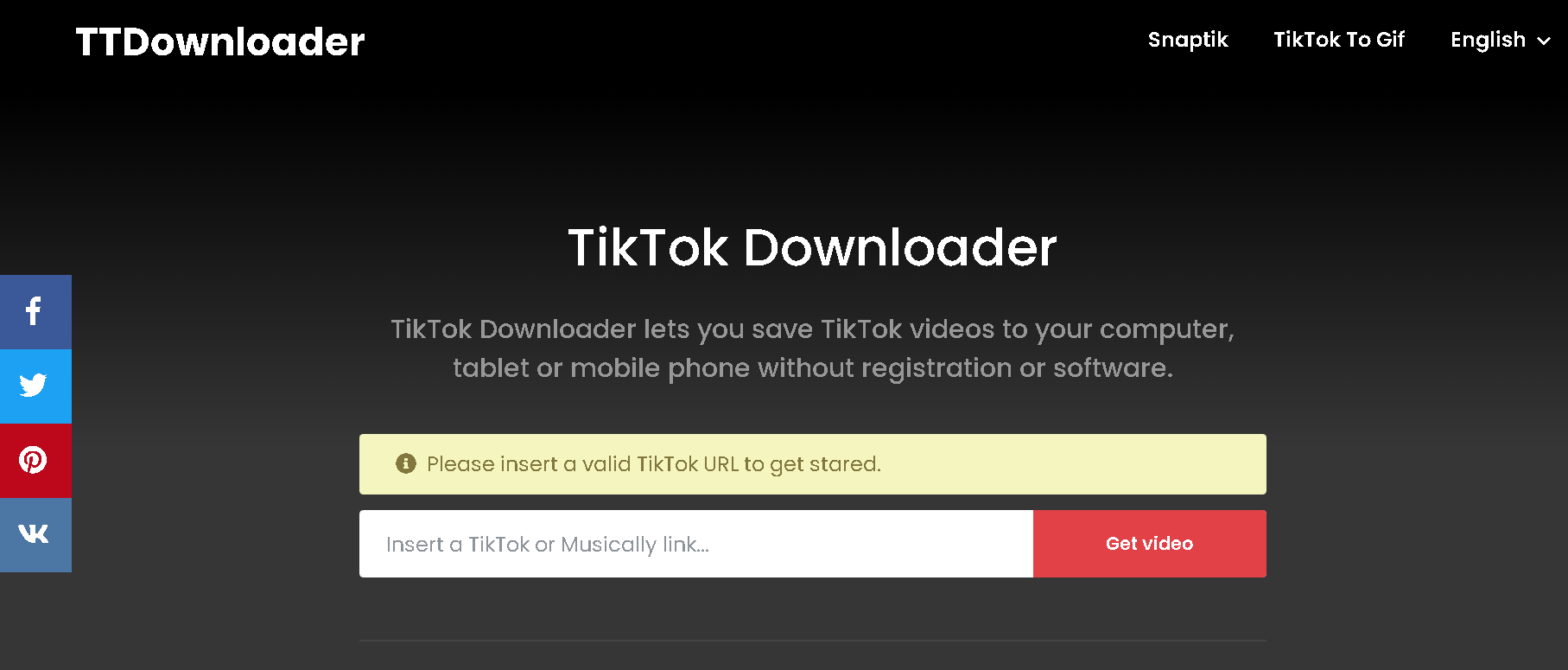Over the past ten years, wearable technology has seen a significant evolution, going from specialized devices to vital tools for connectivity, fitness, and health. By 2024, wearable technology will have greatly evolved, expanded in variety, and become more ingrained in our daily lives. This blog article explores the most recent developments in wearable technology, emphasizing breakthroughs that will influence how we use our gadgets and take care of our health in the future.

1. Introduction
Wearable technology includes various devices designed to be worn on the body, enabling users to monitor their health, boost productivity, and access real-time information. From smartwatches and fitness trackers to augmented reality (AR) glasses and smart clothing, the wearables market is experiencing rapid growth and innovation. As technology advances, wearables are becoming more sophisticated, with improved functionality and seamless integration into our daily routines.
2. Wearable Health and Fitness Devices
Health and fitness wearables continue to lead the market, offering advanced features for tracking and improving physical well-being. Here are some of the latest trends:
a. Advanced Health Monitoring
Trend: Wearable devices are now capable of monitoring a wider range of health metrics with greater accuracy.
Details:
- ECG and Blood Pressure Monitoring: Many smartwatches and fitness trackers now include electrocardiogram (ECG) and blood pressure monitoring. These features help users keep track of cardiovascular health and detect irregularities early.
- Blood Oxygen Levels: Devices like the Apple Watch Series 8 and the Fitbit Charge 6 have integrated SpO2 sensors to monitor blood oxygen levels, which is crucial for tracking respiratory health and managing conditions like sleep apnea.
- Continuous Glucose Monitoring: Wearables like the Abbott Freestyle Libre are making it easier for diabetics to monitor their glucose levels continuously without the need for frequent finger pricks.
Example: The Withings ScanWatch combines an ECG monitor and SpO2 sensor with traditional fitness tracking features. It has received praise for its accuracy and ease of use in monitoring heart health and detecting potential issues.
b. AI-Powered Personal Health Insights
Trend: Artificial intelligence (AI) is being integrated into wearables to provide personalized health insights and recommendations.
Details:
- Predictive Analytics: AI algorithms analyze data from various sensors to predict potential health issues before they arise. For example, AI can detect patterns that indicate a higher risk of heart disease or stress.
- Personalized Fitness Coaching: Wearable devices with AI-powered coaching offer customized workout plans and real-time feedback based on individual performance and goals.
Example: The Fitbit Sense 2 uses AI to provide personalized health insights, including stress management and sleep analysis. It offers tailored advice and actionable recommendations based on collected data.

3. Augmented Reality (AR) and Virtual Reality (VR) Wearables
AR and VR are reshaping the wearable technology landscape, offering immersive experiences and new ways to interact with digital content.
a. AR Glasses and Headsets
Trend: AR glasses are becoming more advanced, with improved display quality and integration with other smart devices.
Details:
- Enhanced Display Technology: New AR glasses feature higher resolution displays, better brightness, and more vibrant colors, making augmented experiences more immersive.
- Integration with Smartphones: Many AR glasses now seamlessly connect with smartphones, allowing users to interact with apps and notifications directly through their glasses.
Example: Microsoft’s HoloLens 3 offers an impressive AR experience with high-resolution displays and advanced spatial mapping capabilities. It is used for various applications, including training, design, and collaboration.
b. VR Headsets with Improved Comfort and Resolution
Trend: VR headsets are becoming more comfortable and offer higher resolution, providing a more immersive virtual experience.
Details:
- Higher Resolution Displays: Newer VR headsets feature higher pixel densities and improved field of view, reducing the screen door effect and enhancing visual clarity.
- Improved Ergonomics: Advances in materials and design have made VR headsets lighter and more comfortable for extended use.
Example: The Meta Quest 3 (formerly Oculus Quest) features improved resolution and a lighter design, making it a top choice for gaming and virtual experiences. Its enhanced tracking and hand controllers provide a more immersive experience.
4. Smart Clothing and Textiles
Smart clothing is an exciting frontier in wearable technology, integrating electronics and sensors into fabrics to offer new functionalities.
a. Fitness-Tracking Apparel
Trend: Clothing embedded with sensors can monitor various fitness metrics in real time.
Details:
- Performance Monitoring: Smart workout clothes track metrics such as heart rate, muscle activity, and body temperature, providing detailed feedback on exercise performance and recovery.
- Real-Time Data: These garments transmit data to companion apps, offering insights into workout effectiveness and overall health.
Example: Hexoskin Smart Shirts use embedded sensors to monitor heart rate, breathing patterns, and activity levels. The data is synced with a mobile app for detailed analysis and coaching.
b. Heated and Cooling Clothing
Trend: Wearable technology is expanding into climate control, with clothing that can adjust temperature to keep the wearer comfortable.
Details:
- Heated Apparel: Jackets and vests with built-in heating elements can provide warmth in cold weather. These garments often have adjustable temperature settings and are powered by rechargeable batteries.
- Cooling Apparel: In hot climates, smart clothing with cooling technology helps regulate body temperature by using materials that wick away sweat and promote airflow.
Example: Riot Heatwear offers heated jackets and vests with adjustable heating zones, providing customizable warmth for outdoor activities.
5. Smartwatches and Connected Devices
Smartwatches continue to evolve, integrating more features and offering greater connectivity and functionality.
a. Integration with Health Apps
Trend: Modern smartwatches are increasingly integrated with health and wellness apps, providing a centralized hub for monitoring health metrics.
Details:
- Health Ecosystems: Many smartwatches work with comprehensive health ecosystems, allowing users to track and analyze data from multiple sources, such as diet, exercise, and sleep.
- Third-Party App Integration: Integration with popular health apps and services enhances the smartwatch’s capabilities, providing users with a seamless experience.
Example: The Apple Watch Ultra offers advanced health monitoring features and integrates with Apple’s health ecosystem, providing users with a comprehensive view of their health and fitness data.
b. Advanced Connectivity Features
Trend: Smartwatches are incorporating more advanced connectivity options, such as cellular capabilities and enhanced Bluetooth.
Details:
- Cellular Connectivity: Some smartwatches now offer standalone cellular capabilities, allowing users to make calls, send messages, and access apps without needing to be paired with a smartphone.
- Enhanced Bluetooth and Wi-Fi: Improved wireless technology ensures faster data transfer and better connectivity with other devices and networks.
Example: The Samsung Galaxy Watch 6 offers LTE connectivity, enabling users to stay connected even when their smartphone is out of reach.
6. Privacy and Security in Wearable Technology
As wearables become more integrated into our lives, privacy and security are becoming increasingly important.
a. Enhanced Data Security Measures
Trend: Wearable manufacturers are implementing stronger security measures to protect user data.
Details:
- Encryption: Data transmitted by wearables is increasingly encrypted to prevent unauthorized access and ensure user privacy.
- Secure Authentication: Multi-factor authentication and biometric security features are being integrated into wearables to enhance security.
Example: Garmin’s Venu 3 offers advanced security features, including encrypted data transmission and secure authentication options to protect user information.
b. Transparency and Data Control
Trend: Companies are focusing on providing users with greater transparency and control over their data.
Details:
- Data Management Tools: Modern wearables feature tools that empower users to view and control their data, including setting permissions for sharing and deciding with whom it is shared.
- Privacy Policies: Improved transparency in privacy policies ensures users are informed about how their data is used and protected.
Example: Fitbit offers detailed privacy settings and data management tools, giving users control over their health data and how it is used.
7. The Future of Wearable Technology
Looking ahead, several emerging trends and technologies are likely to shape the future of wearables:
a. Advanced Biometric Sensors
Trend: Future wearables will feature even more advanced biometric sensors, capable of measuring a broader range of physiological parameters.
Details:
- Biometric Authentication: Enhanced biometric sensors will improve authentication methods, such as using iris or voice recognition.
- Health Monitoring: New sensors will offer deeper insights into health metrics, including more accurate stress and mental health monitoring.
Example: Research into flexible biometric sensors suggests future wearables may incorporate these technologies to offer more comprehensive health insights.
b. Integration with Smart Environments
Trend: Wearables will increasingly interact with smart environments, such as smart homes and workplaces, to enhance user experience.
Details:
- Context-Aware Wearables: Devices that adapt to their environment, such as adjusting settings based on location or activity, will become more common.
- Seamless Integration: Future wearables will work more seamlessly with other smart devices and systems, providing a more connected and intuitive experience.
Example: Google’s Project Iris aims to create AR glasses that integrate with smart home systems, offering a more immersive and interactive experience.

8. Conclusion
Wearable technology continues to advance at a rapid pace, with innovations in health monitoring, AR/VR, smart clothing, and connectivity enhancing the way we live, work, and interact with technology. As we progress through 2024, emerging trends in wearable technology promise to transform how we monitor our health, interact with digital content, and maintain connectivity. Whether you’re seeking advanced health insights or immersive virtual experiences, wearable tech presents thrilling opportunities for the future.
Stay tuned to the latest developments and consider how these innovations might fit into your lifestyle. The future of wearables is bright, and with each new advancement, we move closer to a more connected and health-conscious world. Tech-arcis














